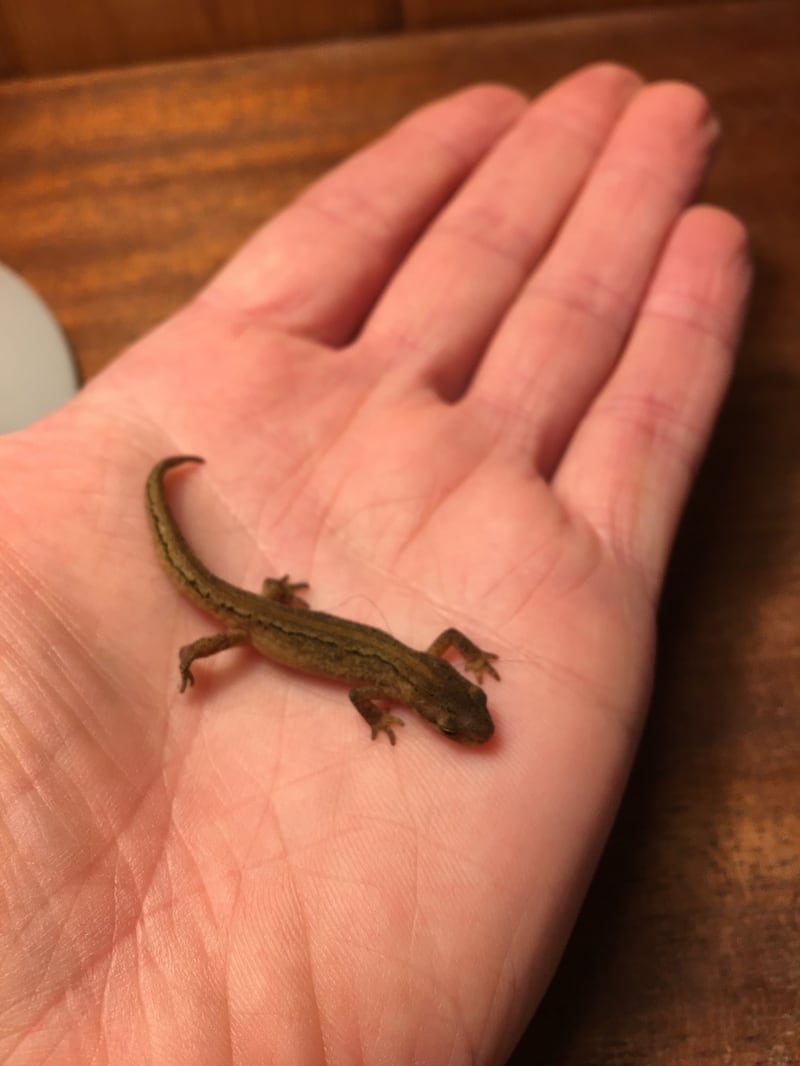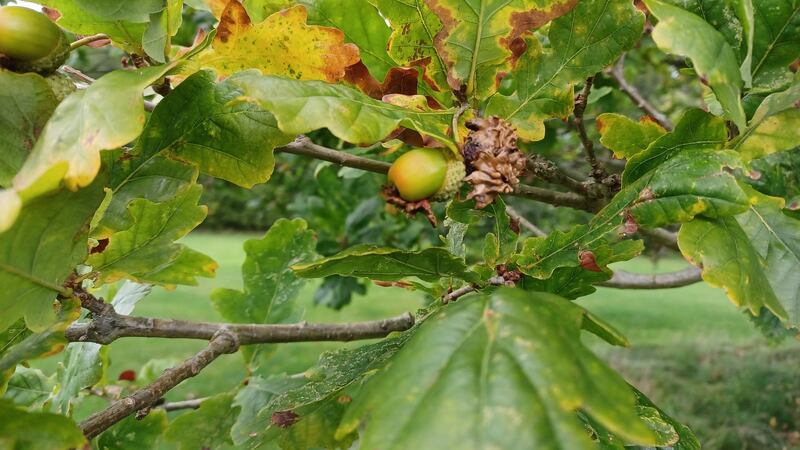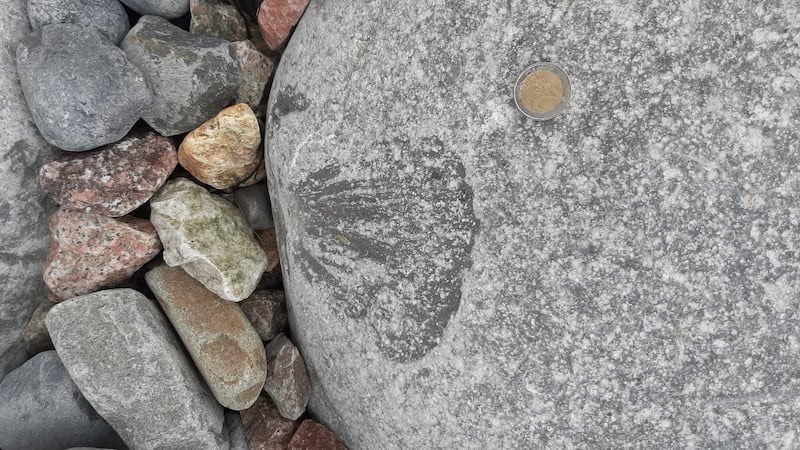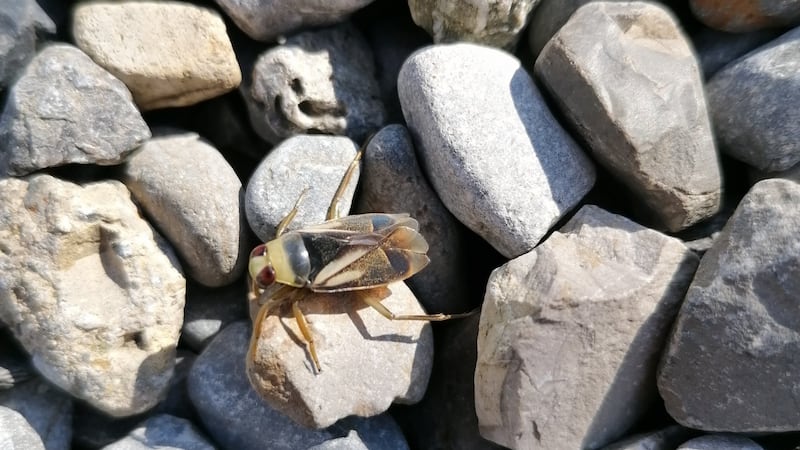Found these under the oak tree after mowing the wild meadow. Are they truffles? – Ann Kilpatrick
They are indeed – though, unfortunately, not the highly regarded Perigord truffles that cost a king's ransom in the markets in Provence. These are summer truffles (Tuber aestivum), whose season here is late summer to autumn.

What is this little creature I found on the bedroom floor of our holiday home in Renvyle last weekend? – Marykate Heaslip
It is a newt, a native amphibian. Since it hibernates for the winter, it must have thought you were finished with the holiday home for the season. It will find more permanent sleeping quarters outside.

Can you please identify the creature that causes such a deformation of the acorn in the attached photo. – Paul Bird
These knopper galls on Pedunculate oak are caused by the gall wasp, Andricus quercuscalicis, which arrived in Ireland in the 1990s. The galls produce only females, which lay their eggs on the catkins of Turkey oak to complete the life cycle.

I came across this stone on a stony beach near Bearna, Co Galway. A very good image of a shell is indented into the stone. What age would this be and what shell caused it? – Phil Reilly
My geologist friend Breda Naughton tells me it is a fossilised brachiopod shell, within a limestone rock formed from sediments in a tropical sea 350 million years ago during the Carboniferous period. The tide probably brought it over from the Burren.

This insect, though winged, chose to hop in the gravel around my house in Lettermore, Co Galway, where I rescued it from my kitten. I believe it is a grasshopper. – Paul Dunne
It's not. It is a common backswimmer or greater water boatman. It can fly, but its long back legs are good for swimming, not walking, hence its hopping gait.
Have you a nature query, observation or photo you would like to share with The Irish Times? Submit it, with location of the image, via our website, irishtimes.com/eyeonnature









